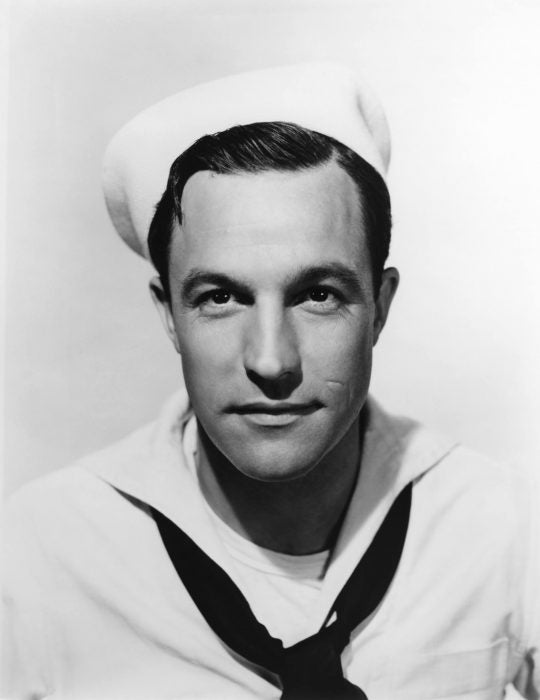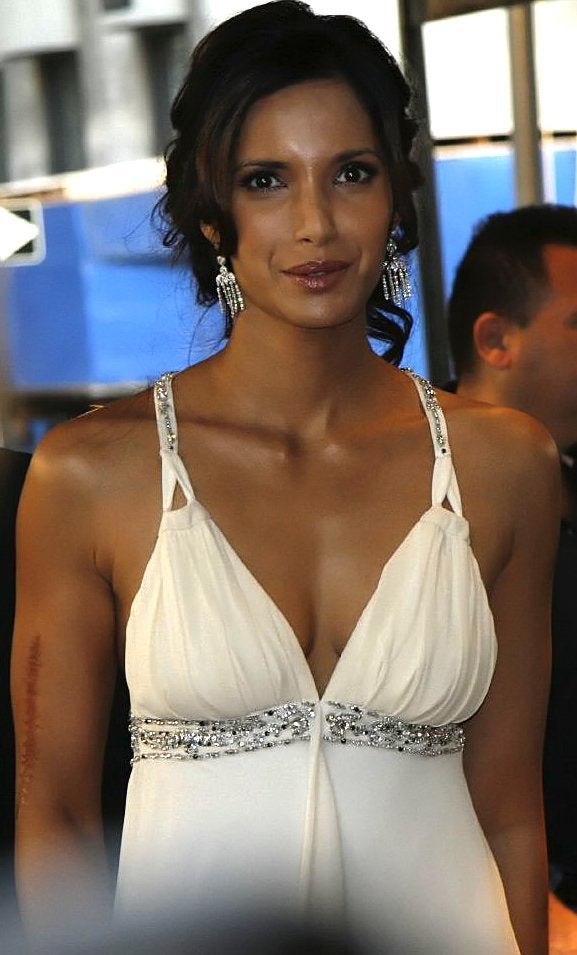Throughout cinema history, Hollywood films have attributed scars to female characters who are overtly sexual and/or who act independently of men. For example, in The Big Heat (Fritz Lang, 1953), Gloria Grahame plays the mistress of a gangster who’s brutally disfigured after her jealous lover throws a pot of scalding coffee in her face. For the remainder of the picture, she appears repulsive and unwanted. Her power (i.e., her beauty) is no more.
Similarly, during the first scene of Clint Eastwood’s revisionist western Unforgiven (1992), a cowboy slices open the cheeks of a prostitute (sexual!) because she laughs at the size of his penis (acting independently of and poking fun at men!). Like The Big Heat’s mistress, the prostitute becomes valueless, this time literally: no man who enters the brothel wants to purchase “damaged goods.”
In his analysis of Hollywood westerns, Williams Luhr writes at length about Unforgiven’s prostitute, Delilah (Anna Thomson), and more generally about disfigured women in film: “Women tend to be constructed on an axis of beauty, and scars signify that their value is expended.” What’s more, Luhr maintains that, for the most part, “scarred or reconstructed women [in film] do not have any real hope of full life.”
We might contrast these scenes from The Big Heat and Unforgiven with a memorable one from Jaws (1975) in which the three main male characters — considerably drunk and tired from bobbing on the water — compare scars, bumps, and false teeth. As each man tries to best the other, he reveals his scar and tells a story of how it came to pass.
As Peter Lehmann points out in his book on masculinity and the male body, scars are figured differently on men. Unlike the disfigured women above, the men in Jaws are tougher for their experiences and wounds—not worthless and broken, but strong survivors. See also Rocky, Rambo, Robo-cop, Die-Hard, Braveheart, and/or most any Hollywood action-adventure film.
Related tropes in both film and television are “Death By Disfigurement,” “Beauty Is Never Tarnished” and “Men Are Strong, Women Are Pretty.”
So this is how scarring is often represented in narrative film with (mostly) fictional characters. But what about those actors who bear visible scars? Do they ever fall into the same categories as the male and female characters listed above? Is the viewer ever repulsed by the actor’s scar or does s/he even recognize it? Does the actor ever cover up or airbrush his/her disfigurement, or are his/her markings a part of his/her star persona?

Gene Kelly is an actor/singer/dancer with a very visible scar on his left cheek, caused by a childhood bike accident. Kelly’s first wife writes in her memoir that fans denied the bicycle story, opting instead to “invent more glamorous causes” for the hairline scar. She further reports that, unsurprisingly, “MGM’s publicity department didn’t discourage [the fans or their anecdotes].” Kelly didn’t mind though; the scar was a part of who he was —and, according to lore, he did not want it touched-up, or covered heavily with makeup.
The scar was even mentioned when Kelly received the AFI Lifetime Achievement Award in 1985. Host Shirley MacLaine began by calling the little mark, “the sexiest thing I ever saw.” On a more serious note, she claimed that Kelly’s refusal to cover it up told viewers a great deal about him as an actor, dancer, and person.
By turning down offers to “fix” his face, Kelly implies that actors and dancers should not lie about their performances, the emotions they are attempting to convey, or the characters they are inhabiting. After all, MacLaine concludes, Gene Kelly is not only dancing for himself and the narrative, but for each of us in the audience who dreams that one day s/he’ll also be able to dance in that manner.
 While somewhat corny, MacLaine’s theory resonates. I think of the 7-inch scar down the right arm of model/Top Chef host Padma Lakshmi, the result of a car accident when she was a teen. Although initially distraught about the visible mark, Lakshmi now accepts it, embraces it, and leaves it uncovered. Like Kelly’s (much smaller one), her scar is a part of who she is:
While somewhat corny, MacLaine’s theory resonates. I think of the 7-inch scar down the right arm of model/Top Chef host Padma Lakshmi, the result of a car accident when she was a teen. Although initially distraught about the visible mark, Lakshmi now accepts it, embraces it, and leaves it uncovered. Like Kelly’s (much smaller one), her scar is a part of who she is:
In my career as an actress, the scar is no longer an issue. I cover it when necessary, but I prefer not to, especially in my private life. I love my scar. It is so much a part of me. I’m not sure I would remove it even if a doctor could wave a magic wand and delete it from my arm. The scar has singled me out and made me who I am. […] I’ve started seeing my body as a map of my life. (Vogue, April 2001)
Several stars (and singers) have visible scars: Tina Fey, Sharon Stone, Seal, Ray Liotta, Sandra Bullock, Harrison Ford, Catherine Zeta Jones, Joaquin Phoenix, Elizabeth Taylor, Diane Lane, Humphrey Bogart, Parminder Nagra, Edward James Olmos, Adam Lambert. Their scars are the result of tracheotomies, childhood and adult acne, car accidents, adolescent tumbles, and frightening encounters with knives.
Some stars periodically airbrush their disfigurements (Stone, Zeta Jones). Some incorporate them into their film roles (Nagra, Ford, Bogart). Some prefer to be filmed from their more flawless sides (Fey). And some, like Gene Kelly, don’t seem to care at all.
So are those who fall into the latter category really more transparent as people, as celebrities? Are they, as MacLaine suggests, seemingly less narcissistic and more “real” than those who rely on restorations and heavy make-up? Or conversely, are the scarred stars who insist on touch-ups the more authentic? After all, they know they are playing a part.







